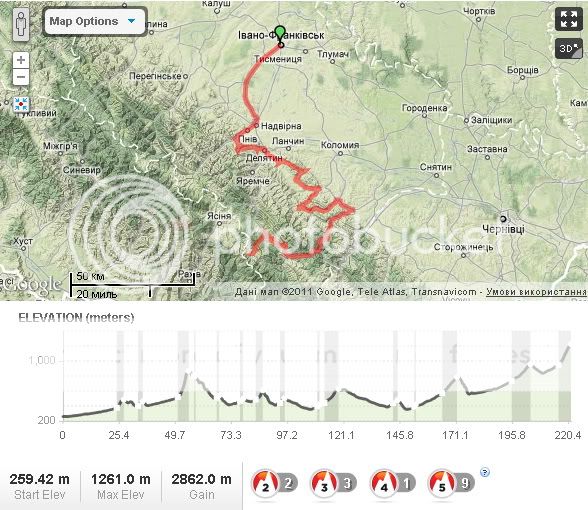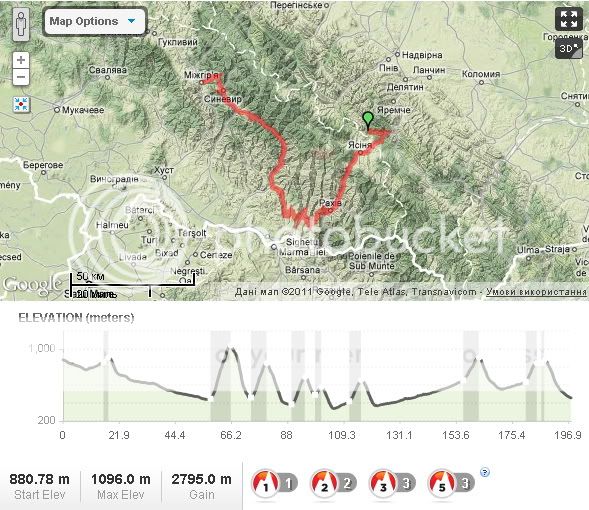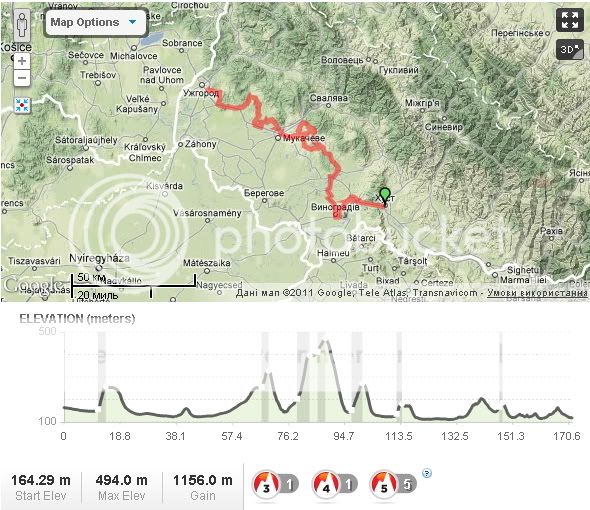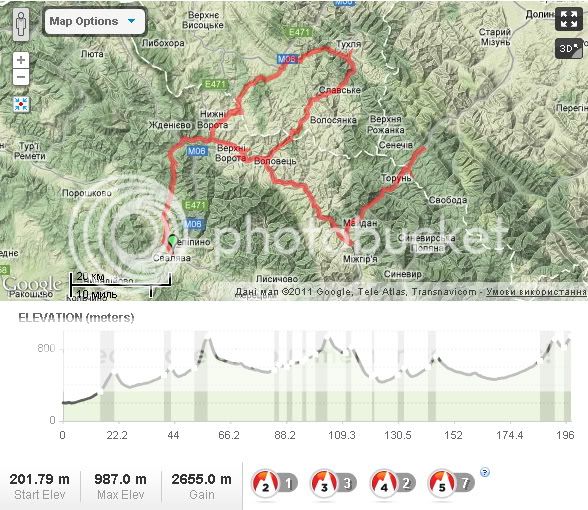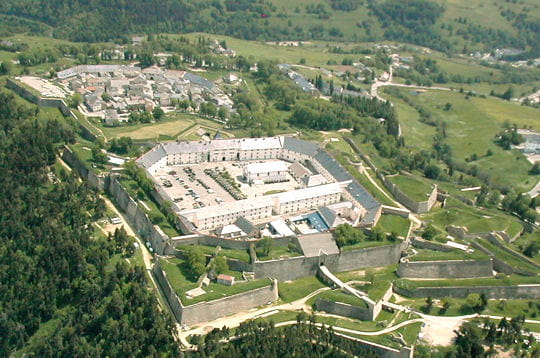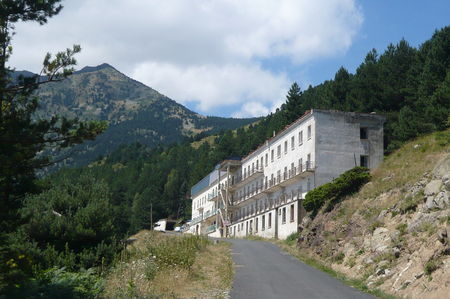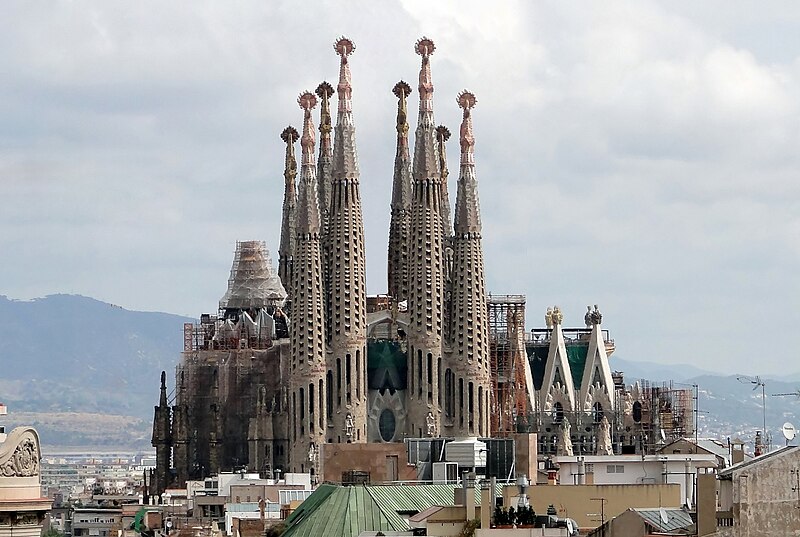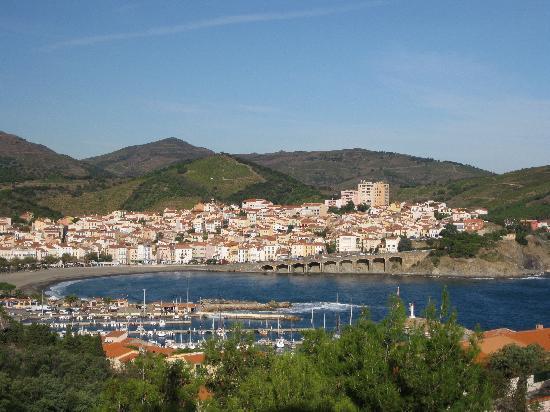- Feb 20, 2010
- 33,093
- 15,333
- 28,180
A much tougher Catalan challenge today, as we head into the Pyrénées Catalanes for real this time.
Stage 2: Sant Cebrià de Rossellò - Superbolquera, 160km

Starting at the Mediterranean coast and ending at the resort town at the top of the Ligne de Cerdagne rail line through Pirineus Orientals, this stage climbs from the sea to a finishing altitude of over 1700m. Yes, this is a climber's stage.
The first half of the stage is straightforward enough; the road starts off at a gradual uphill, which eventually slowly becomes steeper as the race progresses; it is only really after 75km that climbing begins in earnest. But it most definitely begins in earnest. The first climb of the day? A bona fide Hors Categoria slog, up to the Coll de la Llosa, overlooking Montlluís. This is undoubtedly the toughest climb of the day, however; this isn't really a stage designed for solo finishers and gaps in the minutes. So they will gradually descend down into Montlluís and eventually to Sallagosa, where two smaller but potentially selective climbs await us on a loop around the Spanish exclave of Llívia. The second of these, into Èguet (Égat), crests just inside 10km from the stage finish.
However, there is no simple descent finish here, instead attackers must spend most of the time on a flat plateau as they ride into Bolquera, home of the highest altitude mainline train station in France, then the road will turn upward again for a short 1,6km uphill dig into Superbolquera. This isn't an especially challenging last couple of kilometres, and if a rider wants to make a gain of more than a handful of seconds, they will have to risk it on the earlier climb; I was inspired rather by the epic Pescocostanzo stage in the 2008 Giro and rather enjoy this format, as it means that the climbers are induced to attack early, but the diesels can pull them back with the flat - but because there is that short uphill dig at the end again, the gap can be rebuilt, or an attacker's gap can melt away if somebody times their effort better. And there has been plenty of climbing put in the legs to wear down the riders as well, meaning gaps could well be created.

Climbs:
Coll de la Llosa (HC) 24,8km @ 5,0%
Cotzé (cat.2) 7,8km @ 6,7%
Coll d'Èguet/Col d'Égat (cat.2) 6,0km @ 6,6%
Superbolquera/Superbolquère (cat.3) 1,6km @ 6,3% (max 12%)
Sant Cebrià de Rossellò:

Superbolquera:

Stage 2: Sant Cebrià de Rossellò - Superbolquera, 160km

Starting at the Mediterranean coast and ending at the resort town at the top of the Ligne de Cerdagne rail line through Pirineus Orientals, this stage climbs from the sea to a finishing altitude of over 1700m. Yes, this is a climber's stage.
The first half of the stage is straightforward enough; the road starts off at a gradual uphill, which eventually slowly becomes steeper as the race progresses; it is only really after 75km that climbing begins in earnest. But it most definitely begins in earnest. The first climb of the day? A bona fide Hors Categoria slog, up to the Coll de la Llosa, overlooking Montlluís. This is undoubtedly the toughest climb of the day, however; this isn't really a stage designed for solo finishers and gaps in the minutes. So they will gradually descend down into Montlluís and eventually to Sallagosa, where two smaller but potentially selective climbs await us on a loop around the Spanish exclave of Llívia. The second of these, into Èguet (Égat), crests just inside 10km from the stage finish.
However, there is no simple descent finish here, instead attackers must spend most of the time on a flat plateau as they ride into Bolquera, home of the highest altitude mainline train station in France, then the road will turn upward again for a short 1,6km uphill dig into Superbolquera. This isn't an especially challenging last couple of kilometres, and if a rider wants to make a gain of more than a handful of seconds, they will have to risk it on the earlier climb; I was inspired rather by the epic Pescocostanzo stage in the 2008 Giro and rather enjoy this format, as it means that the climbers are induced to attack early, but the diesels can pull them back with the flat - but because there is that short uphill dig at the end again, the gap can be rebuilt, or an attacker's gap can melt away if somebody times their effort better. And there has been plenty of climbing put in the legs to wear down the riders as well, meaning gaps could well be created.

Climbs:
Coll de la Llosa (HC) 24,8km @ 5,0%
Cotzé (cat.2) 7,8km @ 6,7%
Coll d'Èguet/Col d'Égat (cat.2) 6,0km @ 6,6%
Superbolquera/Superbolquère (cat.3) 1,6km @ 6,3% (max 12%)
Sant Cebrià de Rossellò:
Superbolquera:
















